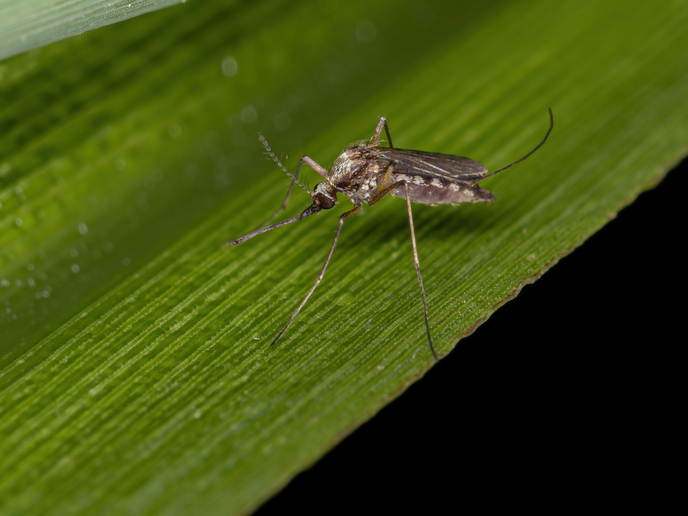Ordinary citizens help to combat the global threat of mosquito-borne diseases
Mosquitoes are responsible for almost 700 million infections and over 1 million deaths every year. To make matters worse, vaccines and cures are lacking. However, very few species actually transmit diseases. This is why a concerted effort is needed around the world to be able to carry out widespread surveillance and accurate identification to fight this continued treat.
Global surveillance of mosquito-borne diseases
Supported in part by the EU-funded VEO and H-MIP projects, researchers in the United States have introduced a global dashboard to track invasive mosquitoes that carry deadly diseases. It gathers data from different citizen science platforms. The public is asked to download one of three apps: Mosquito Alert, NASA’s GLOBE Observer or iNaturalist. People then provide photos of mosquitoes using their smartphones in real time. The dashboard can be accessed via a computer browser or mobile device. This data will aid researchers, mosquito control personnel and policymakers to detect disease vectors early. “This dashboard represents a unification of global citizen science platforms for mosquito surveillance and control,” states principal investigator Ryan Carney, assistant professor of integrative biology at the University of South Florida, in a news release posted on ‘EurekAlert!’. “This tool will help mosquito control personnel to seek and destroy invasive species and monitor disease vectors on an international basis by leveraging the geo-reference computers people carry around in their pockets every day: their smartphones.”
Empowering the general population
The innovation’s effectiveness was proven in a study recently published in the journal ‘Insects’. A team of researchers at the University of South Florida set out to determine how useful citizen science can be for mosquito surveillance by involving communities of citizen scientists. The participants targeted primary vectors of Zika, yellow fever, dengue and Chikungunya. They successfully located vectors. More notably, the citizen scientists’ attempts led to the first iNaturalist observations in the United States of an invasive species that causes yellow fever known as Aedes scapularis. This information was supplied to local vector control officials in Texas. The effort also serves as a best practice example for monitoring in Florida where the species invaded not long ago. Overall, the study will be used as a reference point for preparing and implementing citizen science projects in the future. The researchers are now developing AI algorithms for species recognition. The algorithms will be tested in Africa as part of a campaign to track an invasive urban malaria vector. “As this work takes on a bigger focus on Africa, the project can aid mosquito-borne disease prevention in susceptible populations and prevent deadly outbreaks,” concludes Karlene Rivera, an undergraduate student researcher at the same university. “This project has major implications in the world of artificial intelligence and disease prevention.” VEO (Versatile Emerging infectious disease Observatory) aims to build an interactive observatory for the early detection of infectious disease. H-MIP (Human-Mosquito Interaction Project: Host-vector networks, mobility, and the socio-ecological context of mosquito-borne disease) is using mobile phone positioning and DNA fingerprinting to trace mosquito-borne diseases. The projects end in December 2024 and March 2025, respectively. For more information, please see: VEO project website H-MIP project
Keywords
VEO, H-MIP, mosquito, disease, citizen science, dashboard, mosquito-borne disease, disease vector



